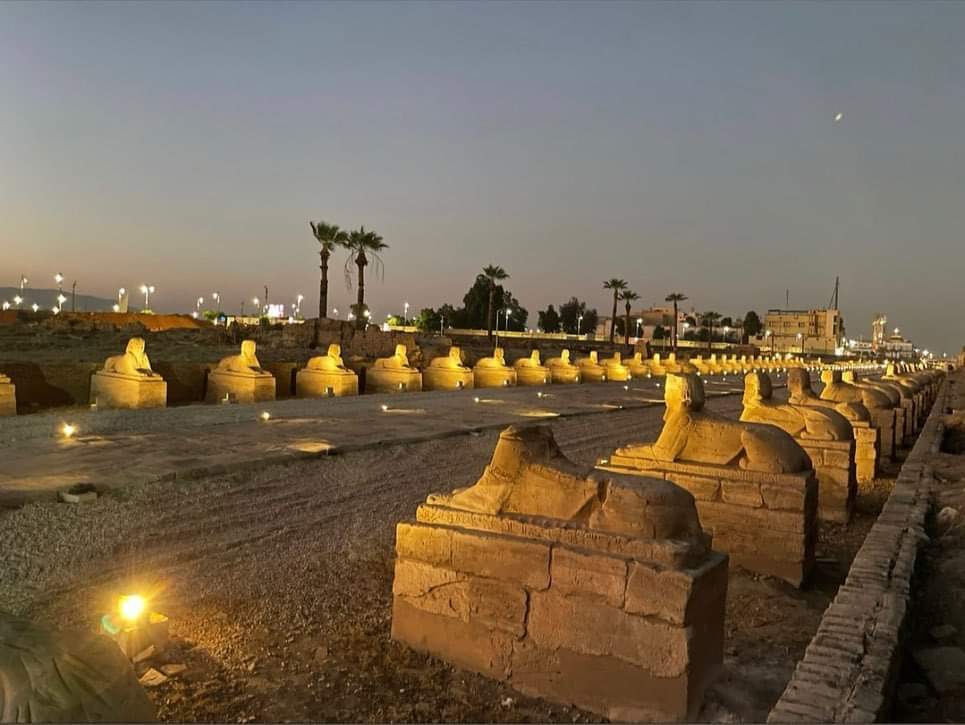Aswan
Aswan: Egypt’s Nubian Gateway to Ancient Wonders
Introduction: Where the Nile Shines Brightest
Perched along the Nile’s First Cataract, Aswan (ancient Swenett) has served as Egypt’s southern gateway for millennia. This sun-drenched city combines breathtaking natural beauty with extraordinary archaeological treasures, offering a more relaxed alternative to Luxor’s crowds while maintaining profound historical significance.
Geographical Significance
-
Strategic Location: Natural border between ancient Egypt and Nubia
-
Granite Quarries: Source of stone for obelisks and statues across Egypt
-
Nile’s Narrowest Point: Creates dramatic river landscapes
-
Island Ecosystems: Home to unique flora and fauna
Key Historical Periods
-
Old Kingdom (2686-2181 BCE):
-
Quarrying operations begin
-
Trade hub for African goods
-
-
Middle Kingdom (2055-1650 BCE):
-
Military fortress established
-
Temple of Satet constructed
-
-
Ptolemaic-Roman Era (332 BCE-395 CE):
-
Philae Temple complex flourishes
-
Last bastion of ancient Egyptian religion
-
-
Modern Era:
-
Aswan Dam constructions (1902/1971)
-
UNESCO rescue operations for Nubian monuments
-
Must-See Archaeological Treasures
1. Philae Temple Complex
-
Location: Agilkia Island (relocated from original Philae)
-
Dedication: Goddess Isis
-
Highlights:
-
Kiosk of Trajan
-
Birth House (Mammisi)
-
Sound & Light Show
-
2. Abu Simbel (Day Trip)
-
Twin Temples: Ramses II and Nefertari
-
Relocation Miracle: UNESCO’s 1960s operation
-
Solar Phenomenon: Sun illuminates inner sanctuary twice yearly
3. Unfinished Obelisk
-
Location: Northern Quarries
-
Significance: Would have been Egypt’s largest (42m)
-
Insight: Reveals ancient stone-working techniques
4. Elephantine Island
-
Ancient Settlement: 5,000 years of continuous habitation
-
Key Sites:
-
Temple of Khnum
-
Nilometer
-
Aswan Museum
-
5. Nubian Villages
-
Culture: Distinct traditions, language and architecture
-
Visits:
-
Gharb Soheil
-
Siou
-
Kitchener Island’s botanical gardens
-
Modern Engineering Marvels
Aswan High Dam
-
Length: 3,830m
-
Height: 111m
-
Impact:
-
Created Lake Nasser (world’s largest artificial lake)
-
Enabled modern Egypt’s electrification
-
Displaced Nubian communities
-
Nubian Rescue Campaign
-
UNESCO Operation: 1960-1980
-
Saved Monuments:
-
Abu Simbel
-
Philae
-
Kalabsha Temple
-
Wadi es-Sebua
-
Unique Cultural Experiences
-
Felucca Rides: Sunset sails around the islands
-
Nubian Museum: Award-winning cultural showcase
-
Souq: Authentic market less touristy than Luxor’s
-
Aga Khan Mausoleum: Stunning Islamic architecture
-
Tombs of the Nobles: Old and Middle Kingdom cliff tombs
Climate Advantage
-
Winter Months: Perfect weather (Nov-Feb)
-
Summer: Extremely hot but fewer tourists
-
Dry Air: Easier to tolerate than humid Nile Delta
Practical Travel Information
Getting There:
-
✈️ Airport: Direct flights from Cairo
-
🚆 Overnight train from Cairo/Luxor
-
🚗 3-hour drive from Luxor
Recommended Stays:
-
2-3 days minimum
-
Combine with Abu Simbel day trip
-
Ideal stop before/after Nile cruise
Local Specialties:
-
Nubian cuisine (try ful medames and ta’ameya)
-
Quality Egyptian cotton
-
Camel leather goods
-
Spices and dried hibiscus (karkade)
Why Aswan Stands Out
-
Authentic Atmosphere: Less commercialized than Luxor
-
Nubian Culture: Unique living traditions
-
Archaeological Variety: From Pharaonic to Greco-Roman
-
Natural Beauty: Granite outcrops and palm-fringed islands
-
Strategic Location: Gateway to Abu Simbel and Sudan
Conclusion: The Soul of Upper Egypt
Aswan offers visitors a multidimensional Egyptian experience – where ancient granite quarries meet modern engineering feats, where Pharaonic temples stand alongside vibrant Nubian communities, and where the Nile appears at its most picturesque. More than just a stop between Luxor and Abu Simbel, Aswan represents a distinctive chapter in Egypt’s story, inviting travelers to slow down and absorb the deep history and living culture of the southern frontier. Whether exploring relocated temples, sailing on a felucca, or discovering Nubian heritage, Aswan provides unforgettable encounters with Egypt’s past and present.
Location
Aswan, Egypt

